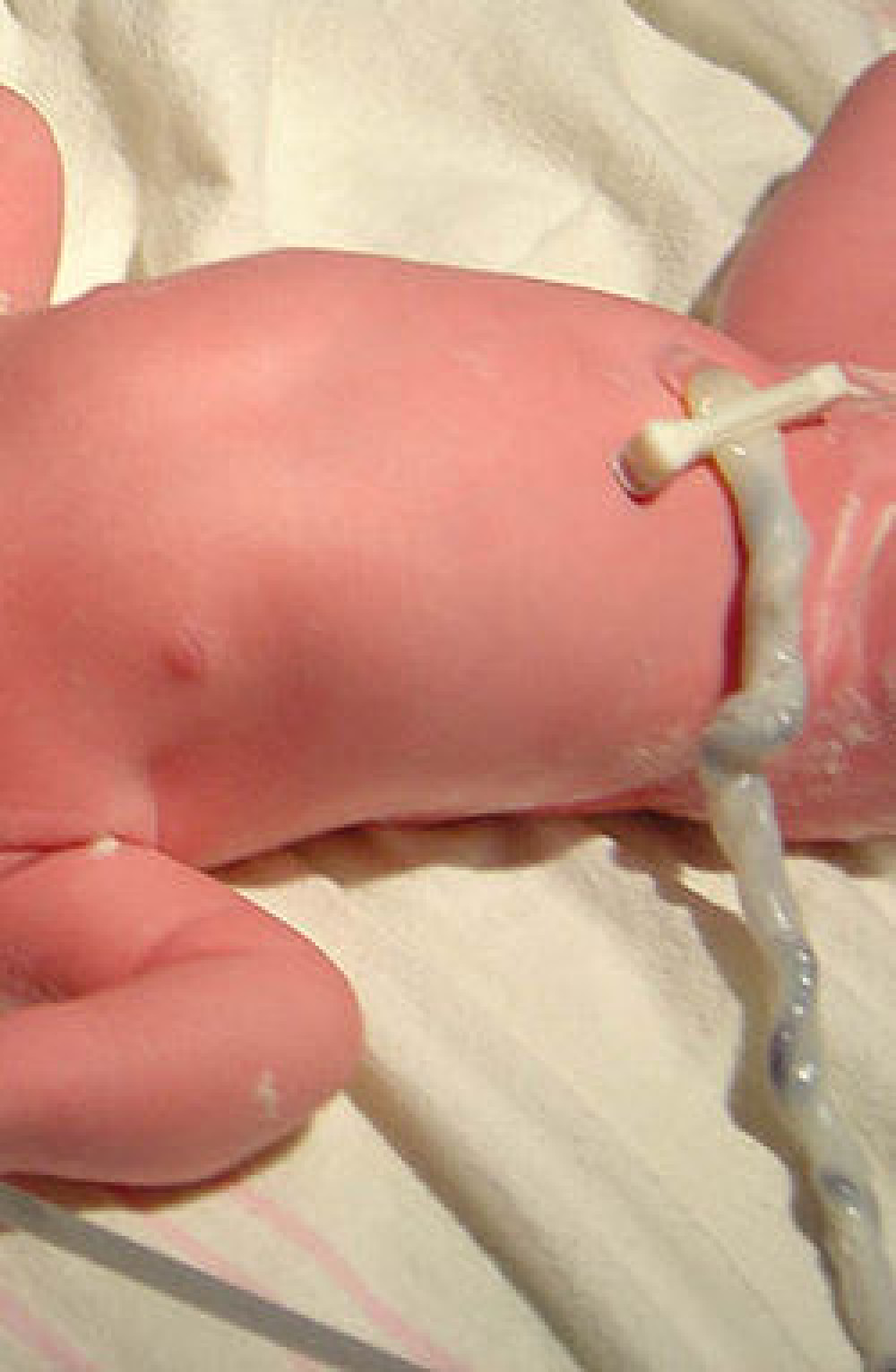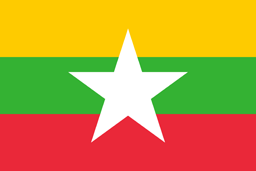How the Umbilical Cord Functions and What Happens After Birth

The umbilical cord is an essential part of fetal development, serving as the connection between the baby and the placenta. It delivers oxygen and nutrients while also removing waste, ensuring the baby grows healthily inside the womb. After birth, the umbilical cord is no longer needed, and it naturally dries up and falls off, forming the belly button.
What Is the Umbilical Cord?
The umbilical cord is a flexible tube-like structure that develops early in pregnancy, connecting the baby to the placenta. It contains three blood vessels: two umbilical arteries and one umbilical vein. The umbilical arteries carry waste products away from the baby to be processed by the mother’s body, while the umbilical vein delivers oxygen and essential nutrients to the baby.
The cord is protected by Wharton’s jelly, a gelatinous substance that prevents the blood vessels from being compressed. This ensures that the baby continues to receive proper circulation throughout pregnancy. The length of an umbilical cord varies, but it typically measures around 50-60 cm (20-24 inches) at full-term.
What Is the Function of the Umbilical Cord?
The umbilical cord acts as a lifeline between the mother and baby. It plays several critical roles in fetal development:
- Providing oxygen: Since a baby’s lungs do not function before birth, oxygen is transported from the mother’s bloodstream through the placenta and into the umbilical vein.
- Delivering nutrients: The baby receives essential nutrients like glucose, proteins, fats, and vitamins necessary for growth and development.
- Removing waste products: The umbilical arteries carry carbon dioxide and metabolic waste back to the placenta, where the mother’s body processes and eliminates them.
- Supporting immune function: Some maternal antibodies are transferred through the placenta, helping protect the baby against infections during pregnancy and in the early weeks after birth.
What Happens to the Umbilical Cord After Birth?
After the baby is born, the umbilical cord is clamped and cut, leaving behind a small stump. This stump gradually dries out and falls off within one to three weeks. During this time, parents must ensure proper cord care to prevent infections.
Some babies may experience delayed cord separation, which is usually not a cause for concern unless there are signs of infection such as redness, foul odor, or pus. If these symptoms appear, consulting a doctor is necessary.
In some cases, parents choose to preserve cord blood, which contains valuable stem cells that could be used for medical treatments in the future. Cord blood banking allows these stem cells to be stored for potential therapeutic use.
Caring for the Umbilical Cord Stump
Proper umbilical cord care is essential to ensure it heals without complications. The stump should be kept clean and dry, and it is recommended to avoid submerging it in water until it naturally falls off. Using alcohol swabs or gentle cleaning with warm water may help keep the area hygienic.
Dressing the baby in loose clothing and folding diapers below the stump can prevent unnecessary friction or moisture buildup. If there is excessive bleeding, persistent redness, or signs of infection, a doctor should be consulted immediately.
Potential Complications with the Umbilical Cord
Although the umbilical cord functions smoothly during most pregnancies, some complications can arise:
- Umbilical cord prolapse: This occurs when the cord slips into the birth canal before the baby, which can restrict oxygen supply. It is a medical emergency that requires immediate intervention.
- Nuchal cord: This happens when the cord wraps around the baby’s neck. In many cases, it does not cause harm, but close monitoring during labor is necessary.
- Single umbilical artery: Some babies develop with only one umbilical artery instead of two. This condition is associated with a higher risk of congenital abnormalities, but many babies with this condition are born healthy.
How the Belly Button Forms After the Umbilical Cord Falls Off
Once the umbilical cord stump dries up and falls off, it leaves behind the belly button. The shape of the belly button, whether an innie or an outie, is determined by how the skin heals rather than how the cord was cut. Some babies may develop an umbilical hernia, where the belly button appears to bulge. This often resolves on its own as the abdominal muscles strengthen.
Understanding the umbilical cord’s role and proper newborn care ensures that parents can confidently support their baby’s health from birth. Regular check-ups and proper hygiene help prevent complications, ensuring a smooth healing process.




 Our Products
Our Products Videos
Videos Infographics
Infographics PRENAGEN Club
PRENAGEN Club
 Fertility Calendar
Fertility Calendar
 Due Date Calculator
Due Date Calculator




